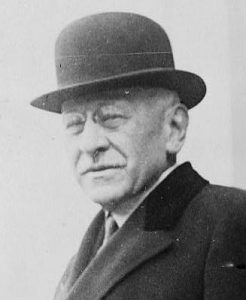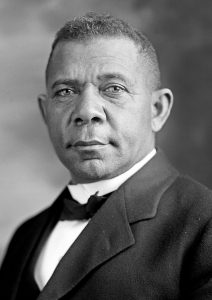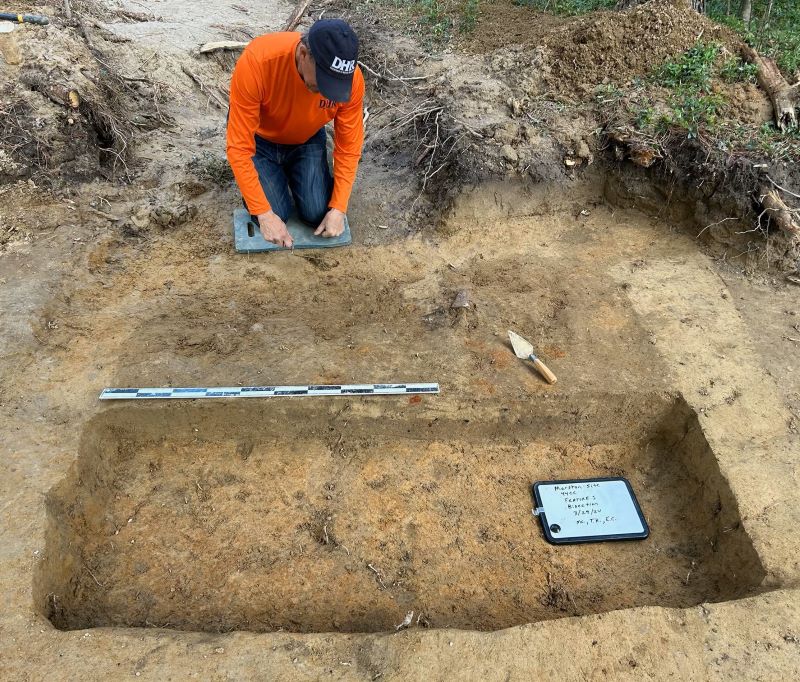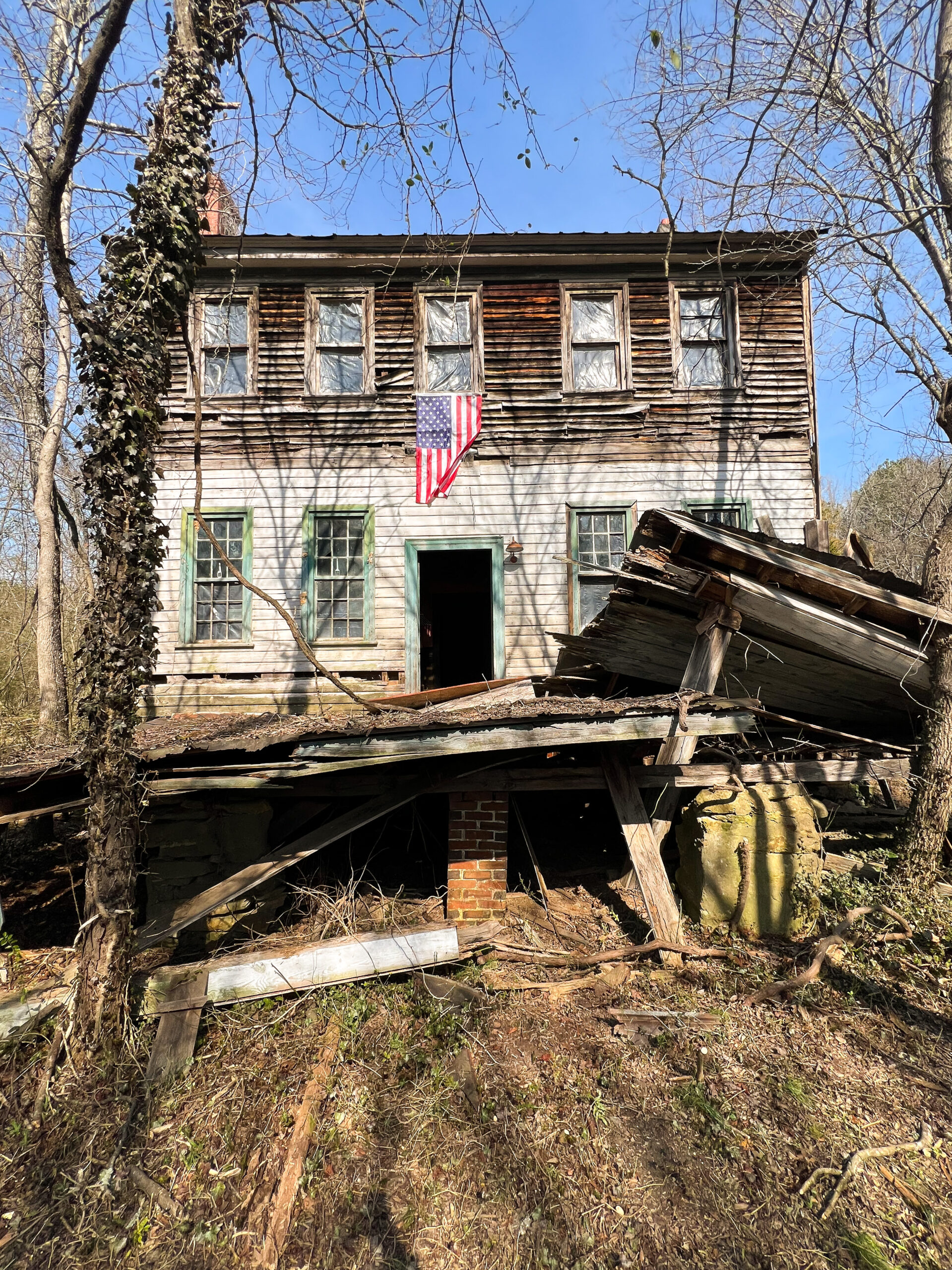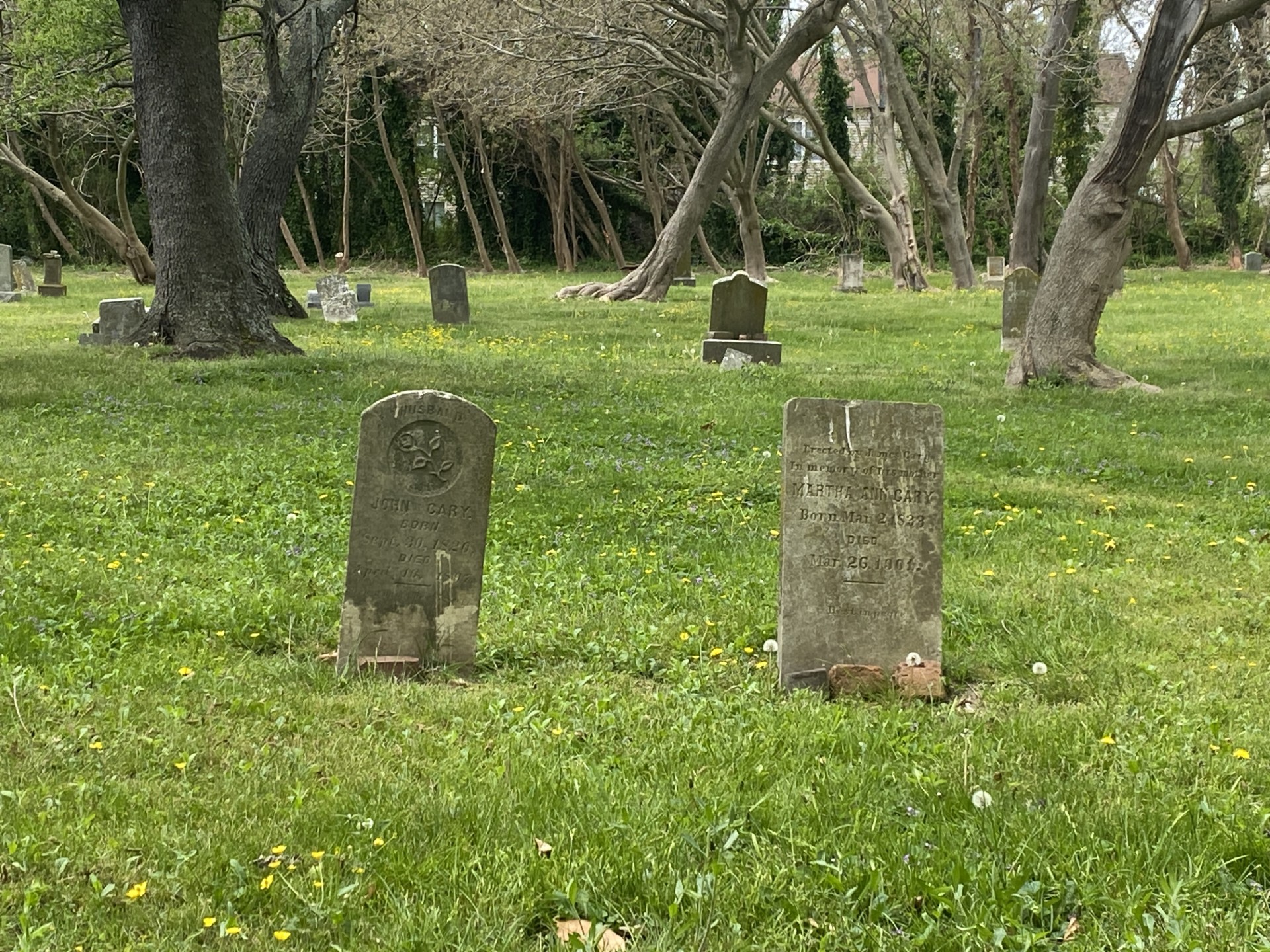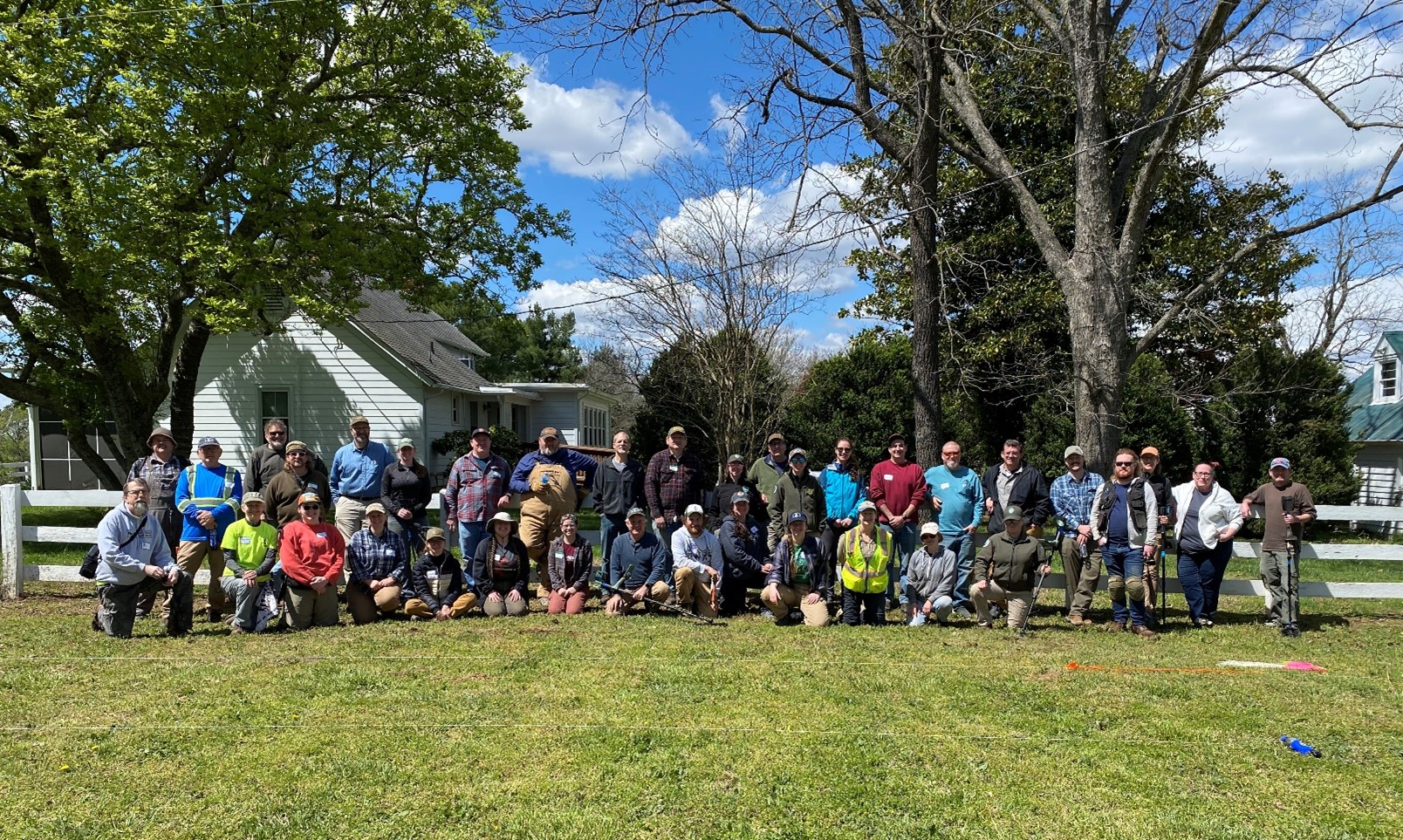Slideshow: Virginia Rosenwald Schools Listed on the VLR and NRHP
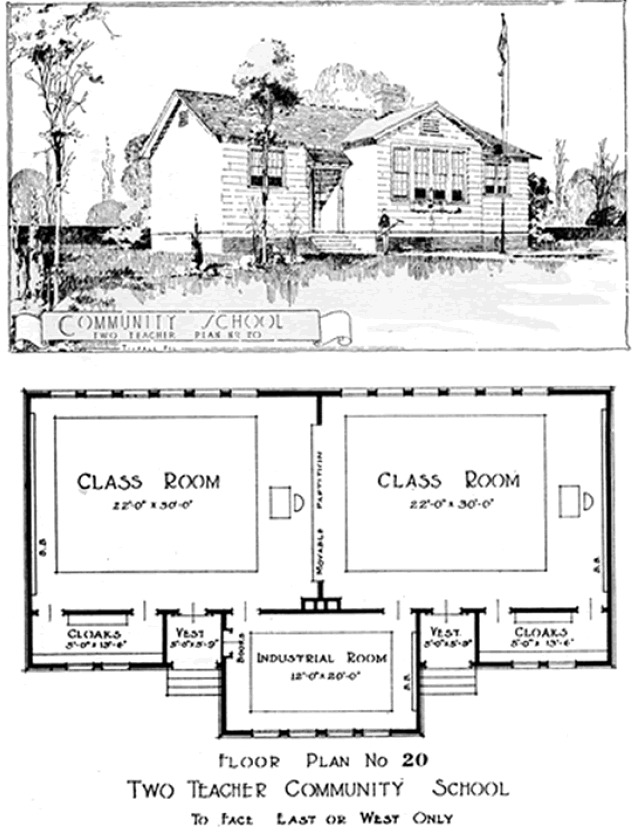
One of the most successful initiatives to provide universal schooling for African American students during the long decades of segregation was the Rosenwald Fund, established in 1917.
The brainchild of Booker T. Washington, president of the Tuskegee Institute, and philanthropist Julius Rosenwald, president of Sears, Roebuck and Company, the fund provided money that was leveraged with other private gifts and public funds to construct more than 5,000 schools for African Americans in 15 states throughout the South (see map).
Construction Years:
Rosenwald schools were constructed between 1917 and 1932, the duration of the Rosenwald Fund's existence. The construction falls into two phases. The first one consists of schools built between the 1917 and 1920 under the supervision of the Tuskegee Institute and Booker T. Washington (who was from Franklin County, Virginia). The fund supported the construction of 79 Rosenwalds during this three-year period. During the second phase, 1920-1932, schools were built under the supervision of the Rosenwald Office in Nashville.
School Building Plans
The Tuskegee Institute and the Rosenwald Office published pamphlets of school plans for local communities to use in constructing their buildings, which explains why Rosenwald schools look so similar, making those remaining identifiable, even today when many have since been re-purposed or expanded. The schools varied in size and ranged from small one- or two-teacher buildings to eleven-room buildings to accommodate ten or more teachers.
In Virginia, most schools adhered to the one- and two-teacher plans. Those plans typically featured spacious class rooms, a small “industrial” room, and coat closets. The two-teacher plan school was the most common type built in Virginia, with 184 erected. Sometimes the two classrooms were separated by a movable partition. These smaller schools served rural communities. By contrast, a few larger schools were constructed in urban locales such as Martinsville, where the Dry Bridge School (see slideshow below), constructed of brick, exemplifies a four-teacher building. (Click on images to enlarge.)
Schools Remaining
Preservation Virginia, which has partnered with DHR on statewide surveys partially funded by the National Park Service, reported in August 2019 that it "found that out of the 382 Rosenwald Schools and auxiliary buildings built in Virginia, 126 are still standing and 256 have been demolished. Out of the 382 schools and auxiliary buildings, 366 were school buildings, four were teacher cottages and twelve were industrial education 'shops' located at county training schools." (See more on PV's website. PV also discusses its survey findings of schools in Virginia and includes an interactive map of each school surveyed.)
DHR’s Initiative to List and Document Rosenwalds:
In 2004, DHR streamlined the process for listing Virginia’s fast-vanishing Rosenwalds on the Virginia Landmarks Register and National Register of Historic Places when the agency successfully completed a Multiple Property Documentation (MPD) form for these schools. The MPD lays out the historic context and significance of Rosenwald schools in Virginia and outlines “Registration Requirements” for listing surviving schools on the VLR and NRHP.
The slideshow here includes all Rosenwalds that have been listed on the registers individually or that contribute to respective historic districts in which the schools are located. (Schools are listed alphabetically by county or city.)
[smartslider3 slider="6"]
